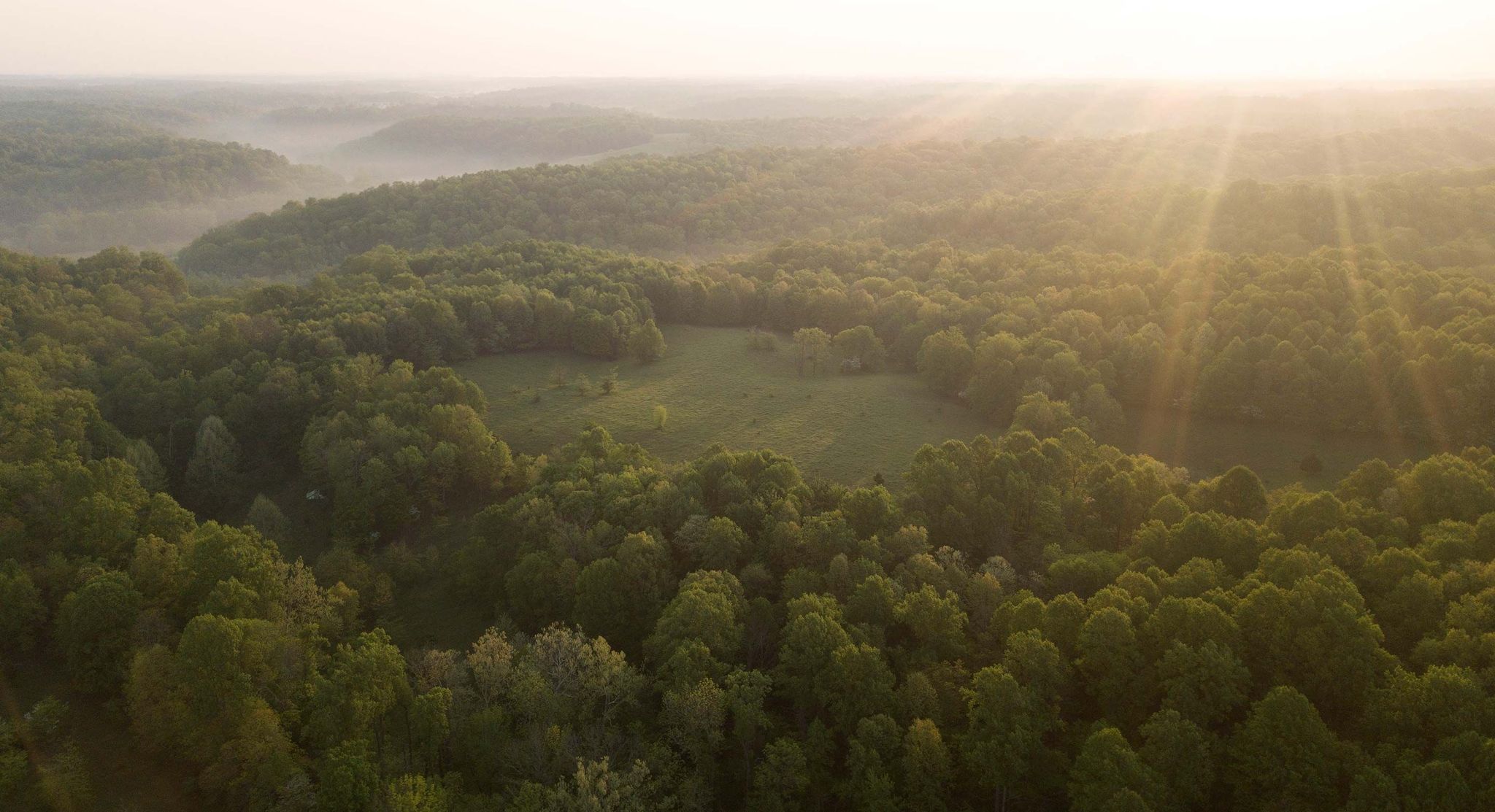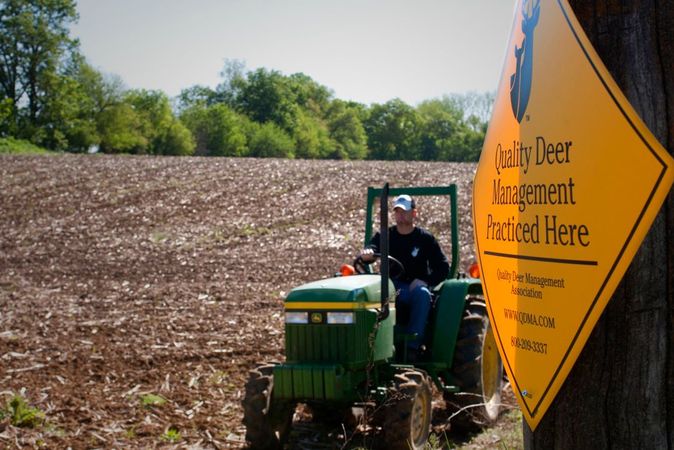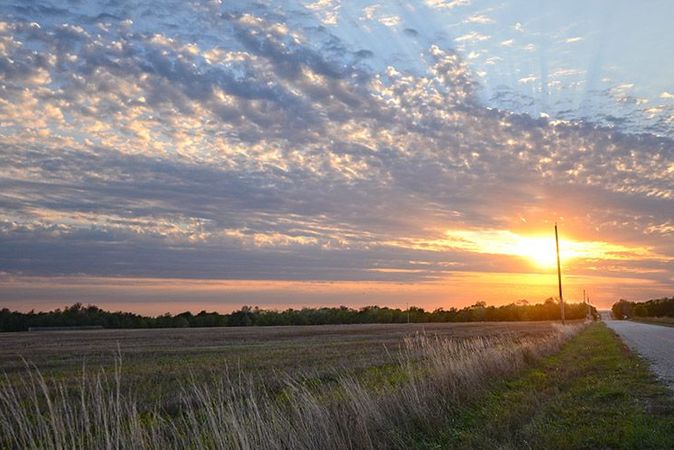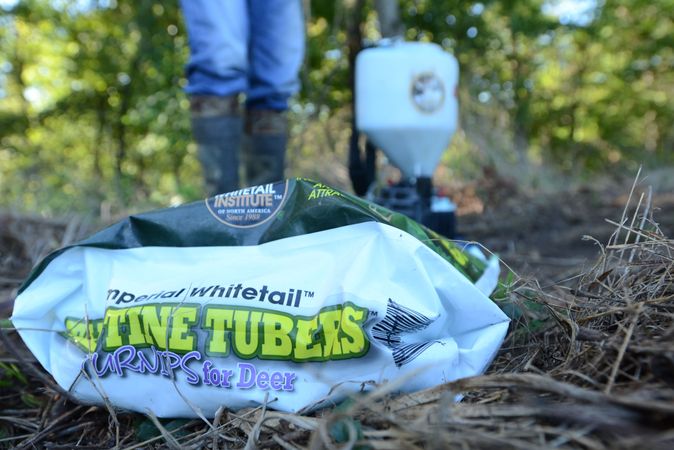Sweat trickled down my side as a late-season gobbler ambled toward my decoy. This would be it, my last chance to fill a tag. I slowly slipped the safety off and put the bead on his head. As I slid my finger to the trigger, I caught movement to the left and turned to see a coyote slinking through the heavy underbrush, his eyes on my turkey.
This was a crossroads in my hunting life - kill the turkey and save the life of a coyote; or shoot the coyote and eat my tag. In the name of conservation I quickly swung my shotgun 90 degrees to the left. The coyote dropped at the roar of the shot and I sat back watching that old tom fly away for what seemed like minutes. In my heart, I knew it was the right choice.
A Dreaded Necessity
It can be painful to pass on a late-season longbeard, but in the long run, shooting the coyote may save more wildlife. Especially this time of year, when coyotes are snatching up fawns and the occasional sitting hen. Managing the predator population is a step toward preserving the deer and turkey on your land.
Facts About Coyotes
These animals are far from endangered. In fact, over the last 157 years, the U.S. government has spent about 30 million taxpayer dollars to balance the increasingly high population, according to the Educational Broadcasting Corp. The result is about a half million dead coyotes.
However, the coyote population is as high as it has ever been. And it’s this time of year that they are most active, which leads us to your population management options: trapping or hunting.
Hunting
Coyotes are sharp-toothed, meat-eating predators. Because they’re so smart and adaptable, hunting them is not easy. Use a combination of decoys (rabbit, turkey, fawns or even coyotes) and calls to draw them in closer and hold them for a shot. A long-range rifle is usually best, since you’ll typically set up in areas where you can see a long way. But don’t forget, even though you may be far away from an approaching coyote, you need to be fully camouflaged and well hidden. Keep your head on a slow swivel to keep from getting spotted first.
Trapping
Trapping can be coupled with hunting. But like hunting, it’s not as easy as one might think. Here are a few tips.
1. Set traps around known areas so no matter the wind direction, coyotes will smell the bait.
2. Ideal weight or “pan tension” to trip the trap is around four pounds.
3. Bed the trap with solid support so that it won’t move when a coyote steps on it.







